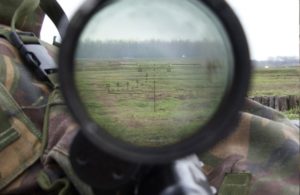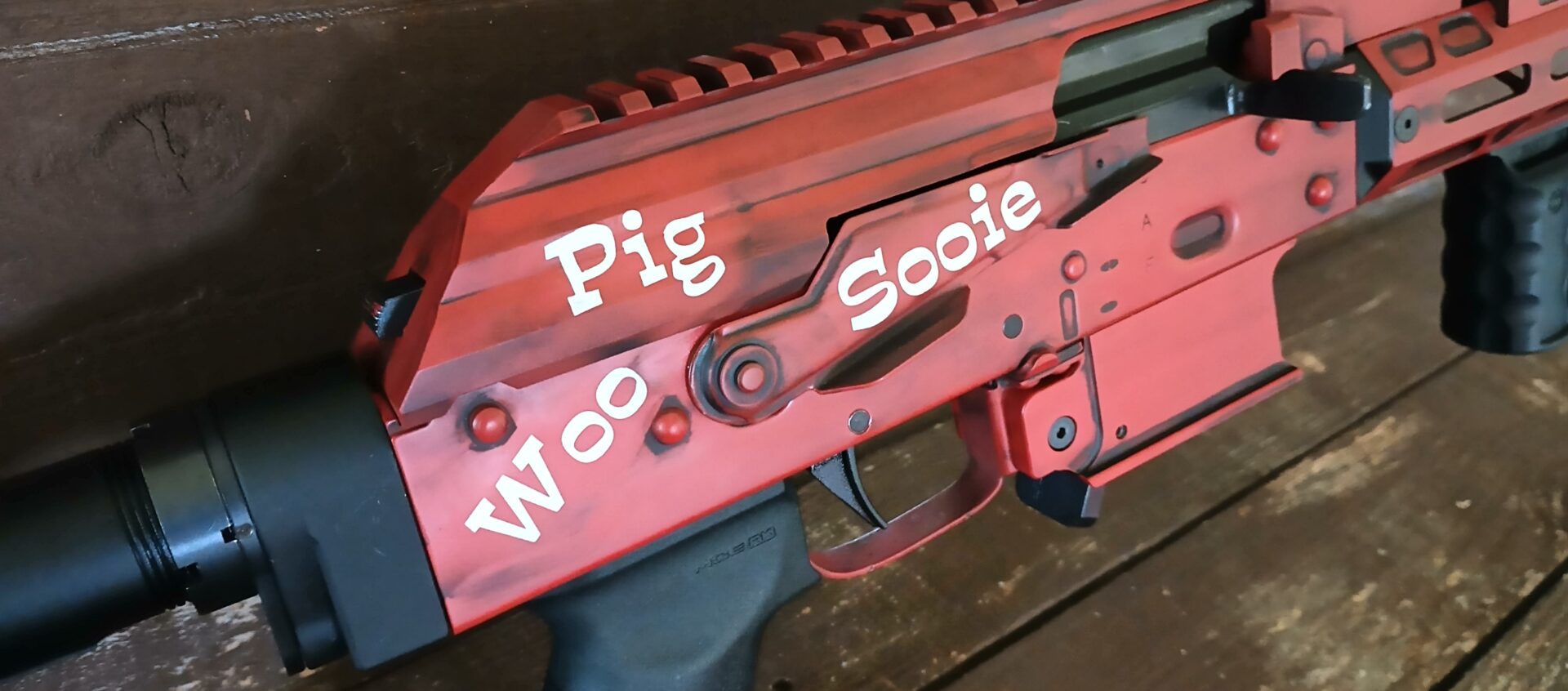How to Select a Hunting Rifle Scope and Get That Shot
Purchasing a hunting rifle scope can be a daunting task if you do not know where to start. Before you buy one, consider some important factors, such as Eye relief, Magnification, Turrets, Reticles, and more. These details can help you decide which rifle scope will best fit your needs and preferences. Choosing the right hunting rifle scope will make hunting more enjoyable, because you will not be preoccupied by a complicated sighting system that will make your job more difficult.
We Can Professionally Mount Your Scope
Eye relief
When selecting a hunting rifle scope, one of the most important factors to consider is eye relief. Eye relief is the distance between your eye and the eyepiece of the scope. A scope with too little eye relief will not allow you to see your target clearly and will likely cause eye fatigue after long shooting sessions. Choosing the correct eye relief for your needs depends on your preferences and shooting style. For example, a precision shooter may want a shorter eye relief than someone who shoots long shots or is used to standing for long periods of time.
and the eyepiece of the scope. A scope with too little eye relief will not allow you to see your target clearly and will likely cause eye fatigue after long shooting sessions. Choosing the correct eye relief for your needs depends on your preferences and shooting style. For example, a precision shooter may want a shorter eye relief than someone who shoots long shots or is used to standing for long periods of time.
The distance between the ocular lens and the eye is called eye relief. To find the correct eye relief for your rifle, choose a scope that has at least three to four inches of eye relief. If you plan to use your rifle to ‘crawl’ or “creep” forward on the stock, choose one with a minimum eye relief of four inches. Another factor to consider is the diopter adjustment ring. While most hunting rifle scopes come with diopter adjustment rings, these ocular lens adjustments can be adjusted to fit different eye strengths.
While a standard eye relief is sufficient for flat terrain, long eye relief is more beneficial for shooting uphill. As a general rule, long eye relief allows you to safely view your target in a broad field. Besides providing more space to the eyes during recoil, long eye relief ensures that your eyes stay healthy while you’re shooting. In addition, hunters spend most of their time in their weapons, so it’s important to choose a hunting rifle scope with at least 3.5 inches of eye relief.
Magnification
Changing the magnification of your hunting rifle scope is crucial if you plan to shoot at multiple distances. It allows you to adjust the reticle’s scale without having to adjust the entire scope. While a variable scope is more versatile, a fixed scope can only be used from one distance. The focal plane of a scope can also affect its accuracy. The first focal plane has the reticle at the end of the erector tube, while the second focal plane is on the side of the rifle. Second focal plane scopes maintain the size of the scope.
The third factor to consider when selecting a hunting rifle scope is magnification. Magnification is important for target shooting, because without it, you will have a difficult time identifying small game. High magnification scopes will also produce blips. Ultimately, you should choose a scope with the right magnification for your needs. By following these tips, you can choose the right hunting rifle scope for yourself.
First, you need to choose the magnification of your hunting rifle scope. You should choose the one that matches the primary application you plan to use it for. The magnification should be at least five times more than the secondary one. If the latter applies to you, choose one with eight to twelve times more magnification. By using a high-magnification hunting rifle scope, you can see your target at far distances without any difficulty.
Turrets
A good quality scope with turrets is essential for aiming accurately at long and extreme ranges. A cheap scope may not dial properly and may lose accuracy over time as its mechanical parts wear down. Before you purchase a new hunting rifle scope, practice shooting to different distances to ensure that it works properly for you. Listed below are the advantages and disadvantages of turrets and how to use them.
Expose turrets: An exposed turret allows the user to adjust elevation manually. This is a useful feature for long-range shooting, but may cause the elevation to get out of whack when in use. You must be willing to spend some time dialing the turret when shooting because it takes your eyes off the target. This can result in missed shots.
Target turrets: These turrets are the most accurate. If you’re a serious shooter, a target turret is the right choice. A 1/4 MOA turret equals 0.29 MRAD, and a MRAD is 2.92 cm/100 m. They are usually high and protected by caps. In addition to being highly precise, target turrets are easy to manipulate and use.
Parallax: Another important feature to look for when selecting a hunting rifle scope is its parallax adjustment dial. Parallax occurs when the reticle and target are not on the same focal plane. A parallax adjustment turret eliminates this problem. This turret is also called a reticle. If the reticle is not aligned with the target, it will appear blurry.
Reticles
Before you buy a hunting rifle scope, it is important to understand what its reticle does. The reticle on a scope is what helps you determine distance to your target. There are several types of reticle, including Mil-dot, MOA, and dotted. A good scope will have a reticle that gives you an accurate distance reading, regardless of the target’s size or position.
Besides the reticle, other features are also important, like whether it holds zero. It is easy to tell if a scope has a good zero hold when comparing the price with the quality. High-end models are usually constructed of top-of-the-line materials and workmanship, while mid-range models are still durable. When shopping for a hunting rifle scope, make sure to test it in a retail store. Also, pay attention to the reputation of the brand. Some are well known for durability, while others are known for a low price tag. Lastly, look for a lifetime warranty on the scope.
The reticle on a hunting rifle scope can make or break your hunt. Choose the type of reticle that best suits your needs. A Mil-Dot reticle, for instance, helps you estimate the distance to your target based on its size. The BDC reticle, on the other hand, helps you estimate how far a bullet will drop. These are great for hunting in thickets and are commonly used for long-range shooting. A reticle is mounted on the front or rear of the magnification lens. A mil-dot reticle adjusts as the magnification increases, while a second focal plane reticle remains the same.
Tube diameter
There are a couple of important factors to consider when buying a hunting rifle scope. First of all, you must know the size of the scope tube diameter. This is very important because rings are different in size and height. Hence, a 34mm scope ring won’t fit a 1″ diameter tube. In short, you should choose a scope ring that fits your rifle’s tube diameter.
Remember that the tube diameter of the scope ring is not always listed on the product’s box. Hence, it’s difficult to determine the exact size by looking at the product description online. Thankfully, if you’re familiar with the different kinds of scopes, you can easily tell the difference between a 30-mm and a 1-inch one. You should also know that the objective lens of a scope will affect the amount of light it will be able to transmit through it.
Another important factor is the magnification of the scope. It’s important to remember that a larger scope means a brighter image. However, the exit pupil, or circle of light inside the eyepiece lens, is smaller than a larger one. If your scope’s tube diameter is too small, you’ll notice the difference immediately. A smaller scope is not the solution, but it’s not a bad idea if your rifle is capable of shooting far in the distance.
Price
The price of a hunting rifle scope can make or break a hunt. There are many great options on the market today. You may find yourself overwhelmed and confused by the options. A good starting point is to decide on a budget. Then, consider the quality, usability, and features that you need. Once you know your budget, you can narrow down your search. And once you have made your decision, the next step is to purchase the perfect scope.
The price of a good hunting rifle scope can range anywhere from $100 to more than $4,000. The price of a high-end optic depends on many factors, including the quality of glass, turret controls, and erector system. The higher-quality optics require more quality-control and manufacturing steps than cheaper models. For example, a German-made scope can cost as much as four times the price of one made in China. Likewise, scopes with the highest-quality glass are usually more expensive.
A good hunting rifle scope should be at least half the cost of the rifle itself. The objective lens of the optic is the part that faces away from the shooter. A higher magnification will give a brighter image, but it will also increase the weight and size of the scope. Ultimately, you should spend as much as possible on the scope, as it will help you make the most of your hunting trip. But keep in mind that a good hunting rifle scope will make or break the entire hunt.




